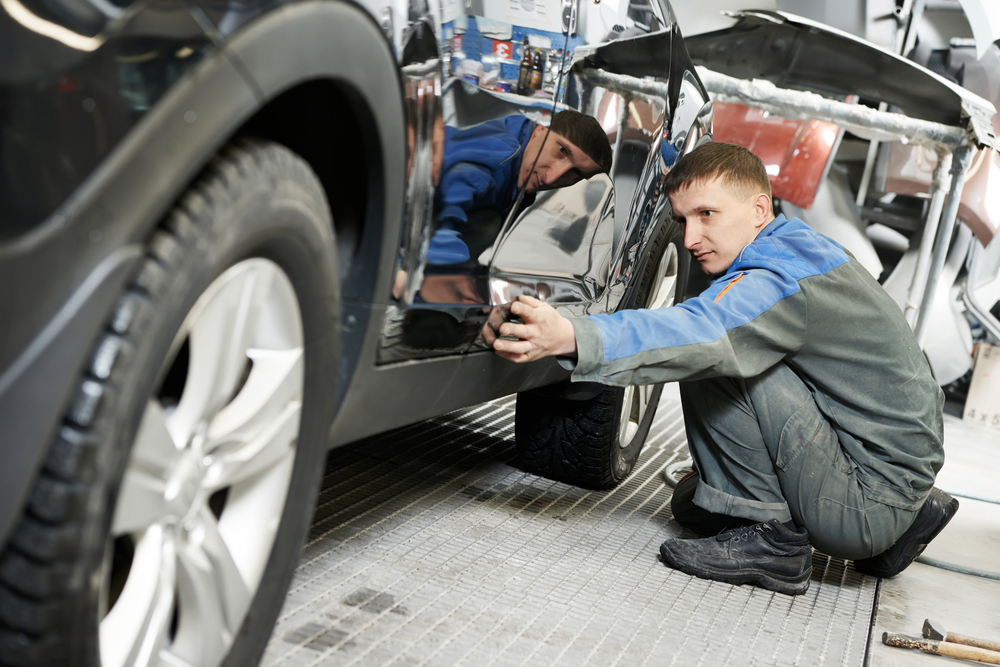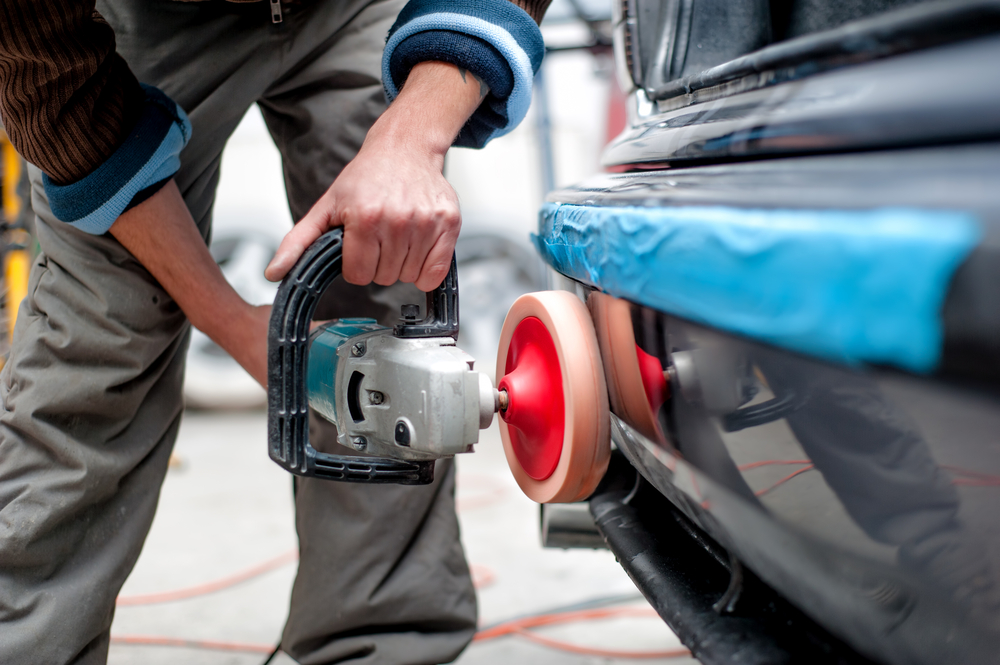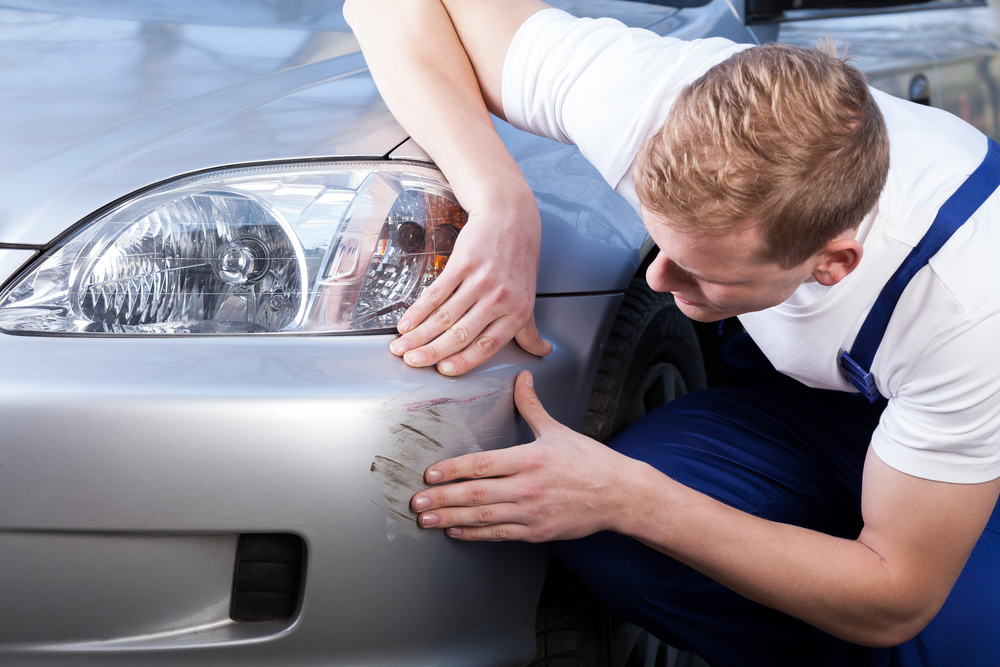
Auction Car Prices
The motor trade industry in the UK has 2 main market price indicators which everyone in the industry uses when looking into auction prices for cars.
The first one is CAP which is run by CAP-HPI automotive data. This is the most common way of pricing a used vehicle.
The second one is Glass’s Guide, which is run by Glasses and is part of the Autovista group who also specialise in automotive data.
When looking at vehicles in auction you will most commonly see these terms used in the vehicle trade valuations.
Here is a further breakdown on how the vehicles are priced relative to vehicle condition.
CAP PRICING:
- CAP New – this is the price of the vehicle when it was new
- CAP Retail – this is the price of the retail price of the vehicle for motor traders/dealerships
- CAP Clean – this is the price of the vehicle in very good condition (no damage)
- CAP Averagev – this is the price of the vehicle in average condition (minor cosmetic damage)
- CAP Below average – this is the price of the vehicle in below average condition (minor cosmetic damage/paint issues).
GLASSES PRICING:
- Glasses New – this is the price of the vehicle when it was new
- Glasses Retail – this is the price of the retail price of the vehicle for motor traders/dealerships
- Glasses Trade – this is the trade/auction price for the vehicle.
Grading
Each auction company uses their own grading structure but they all follow the same basic principles, below we have listed BCA’s grading structure as they are one of the main car auction companies in the UK.
Vehicle condition grading summarizes the vehicle’s condition from 1 to 5 (1 being the rating of the vehicles with less damages). Below is more info on the grading structure.

Grade 1:
The vehicle may have minor interior and exterior defects that require SMART repairs, IE minor scratches or dents and minor replacement parts could also be required.

Grade 2:
The vehicle may require repairs as Grade 1 plus up to 1 major or minor body shop repair. The replacement of more significant internal or external trim parts (excluding panels) may also be required.

Grade 3:
The vehicle may require repairs as Grade 1 & 2 plus may include up to 5 minor bodyshop repairs, 3 major bodyshop repairs or a combination of major and minor repairs. The vehicle may include a single replacement bumper.

Grade 4:
The vehicle may require repairs as Grade 1, 2 & 3. It may have a combination of major and minor repairs and could include a non-structural replacement panel.

Grade 5
The vehicle may require repairs as Grade 1, 2, 3 & 4. It may have a combination of major and minor repairs or the vehicle may have sustained collision damage and the replacement up to two structural panels may be required (providing there is no other damage on the vehicle)

Unclassified
Vehicles in this grade are simply uneconomical to appraise and fall into one of the following categories.
- Substantial Accident damage
- Major Parts Missing
- Recorded items that exceed the criteria of Grade 5
- Multiple unrecorded items

Definitions of defects.
SMART (Small Medium Area Repair Technique) Repairs:
- PDR – (Paintless Dent Removal)
- Alloy wheel refurbishment
- Minor paint repair (bumper corner, mirror, moulding etc)
- Glass repair
- Minor trim repair
- Touch in type repair.
A body panel which requires a complete repaint.
A body panel requiring a filler repair and complete repaint.
Included in this are minor interior trim items, body mouldings, wheel trims, badges etc.
Roof panel, Roof soft tops and rear quarter panels.
